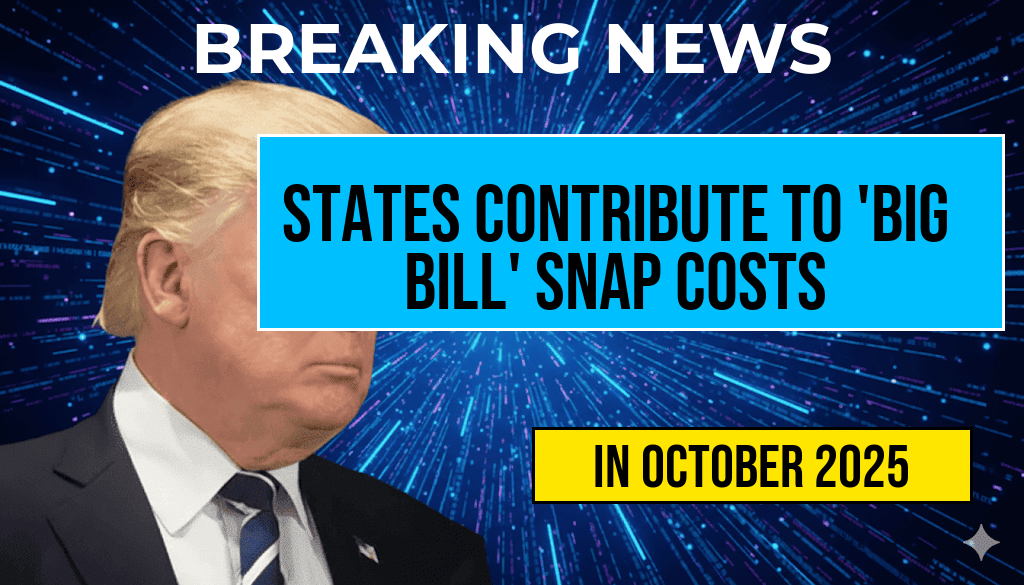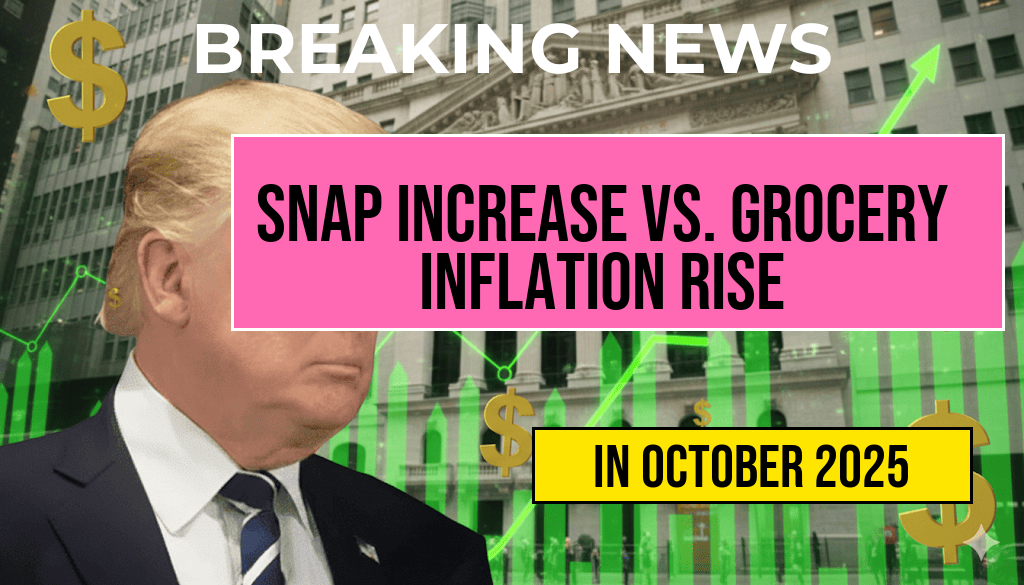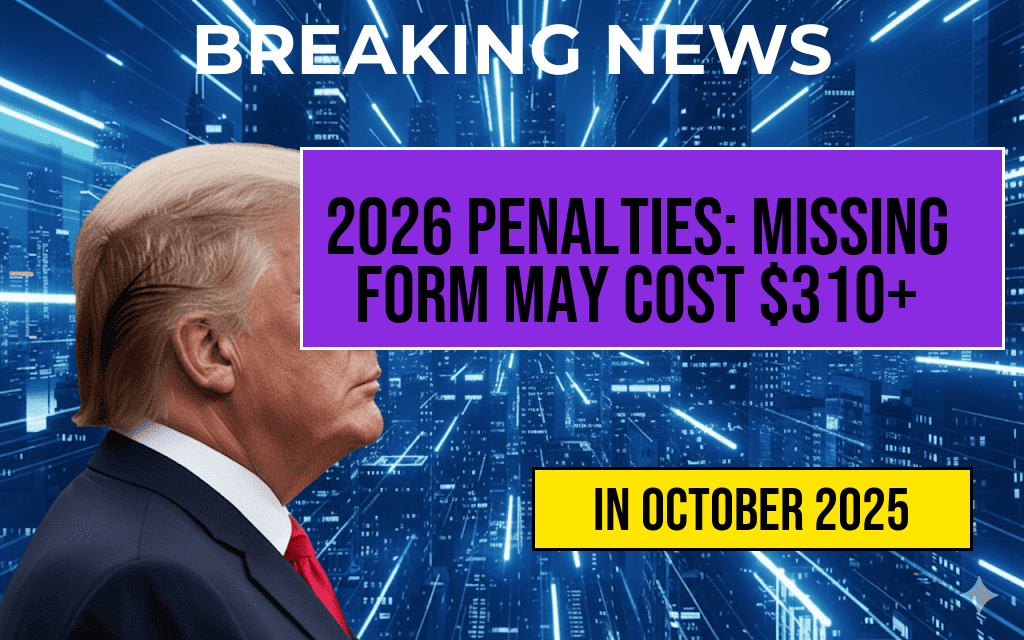As states across the U.S. begin to contribute to the costs of the Supplemental Nutrition Assistance Program (SNAP), households are facing the potential loss of up to $30 billion over the next decade. This shift in funding responsibilities comes as federal support for SNAP is being reevaluated, raising concerns among food security advocates and low-income families who rely on the program. The decision has sparked debates regarding the sustainability of nutrition assistance programs and the implications for millions of Americans who depend on them for basic sustenance.
SNAP Funding Changes
The SNAP program, which provides financial assistance for purchasing food, has traditionally been funded mostly by the federal government. However, recent policy changes are prompting states to shoulder a larger share of costs. This transition is expected to lead to a significant decrease in federal expenditures, but it raises alarms about the potential impact on vulnerable populations.
Impacts on Households
- Financial strain: Families receiving SNAP benefits may experience a reduction in their monthly assistance, making it harder to afford nutritious food.
- Increased food insecurity: With the potential loss of billions in funding, many households could face hunger or malnutrition.
- State budgeting challenges: States may struggle to allocate their budgets effectively while managing increased responsibilities for SNAP funding.
State Responses to the Changes
States are now tasked with determining how to manage their new financial responsibilities under the SNAP program. Some have expressed concerns about their ability to absorb these costs without affecting other essential services. In many cases, state officials worry that this could lead to a reduction in the number of individuals served by SNAP or a decrease in benefit amounts.
Potential Solutions
- Increased state funding: Some states may choose to increase their budgets to maintain current SNAP benefits.
- Community partnerships: Collaborations with local organizations could help support families facing food insecurity.
- Advocacy for federal support: State leaders are calling for renewed federal investment to mitigate the impacts of these changes.
The Broader Context of Food Assistance
Food assistance programs like SNAP are critical lifelines for millions of Americans. According to the U.S. Department of Agriculture, SNAP serves approximately 41 million individuals, providing them with essential resources to combat food insecurity. The potential loss of funding could exacerbate the challenges already faced by many households, especially as the country grapples with rising food prices and economic uncertainties.
Long-Term Consequences
If states cannot effectively manage the increased financial burden, the long-term consequences could be dire. Experts warn that reduced SNAP benefits might lead to higher rates of hunger and poverty, which in turn could affect public health, child development, and community stability. As states begin to navigate these changes, the need for a balanced approach that prioritizes food security remains crucial.
| Year | Projected Federal Funding | State Contributions | Total SNAP Budget |
|---|---|---|---|
| 2024 | $80 billion | $5 billion | $85 billion |
| 2025 | $78 billion | $6 billion | $84 billion |
| 2026 | $76 billion | $7 billion | $83 billion |
Looking Ahead
The ongoing discussions about SNAP funding highlight the critical intersection of state and federal responsibilities in addressing food insecurity. As the landscape of food assistance evolves, it will be essential for policymakers, advocates, and communities to collaborate effectively. Ensuring that all Americans have access to adequate nutrition is a shared responsibility that requires a thoughtful and inclusive approach.
For more information on SNAP and its impact on food security, visit USDA SNAP or learn about the broader implications of food assistance programs at Brookings Institution.
Frequently Asked Questions
What is the ‘Big Bill’ related to SNAP costs?
The ‘Big Bill’ refers to recent legislation that requires states to start contributing to the funding of the Supplemental Nutrition Assistance Program (SNAP), which could significantly affect the program’s budget and operation.
How will this change impact households that rely on SNAP?
This change could lead to households at risk of losing up to $30 billion in benefits over the next decade, which may reduce access to essential food resources for many low-income families.
Which states are involved in contributing to SNAP costs?
All states are required to participate in the new funding structure, which means that every state will need to allocate resources for their share of the SNAP costs as mandated by the Big Bill.
What are the potential consequences of states not contributing to SNAP costs?
If states fail to meet their contribution requirements, they may face penalties or reduced federal funding, which could further strain the resources available for SNAP and affect millions of eligible recipients.
How can households prepare for potential changes in SNAP benefits?
Households should stay informed about the legislative changes and consider exploring additional resources or programs available in their states to mitigate the impact of potential benefit reductions.








